What is LOOM? An Introduction to Digital Assets
What is LOOM? Understanding the Basics
Loom Network (LOOM) is a blockchain-based cryptocurrency that powers the Loom Network, a decentralized platform designed to enable scalable, user-friendly decentralized applications (dApps) and games. Launched in March 2018, LOOM was developed to address the scalability and usability challenges faced by developers building on Ethereum and other blockchains. By leveraging its own sidechain technology, Loom Network allows for faster transactions, lower fees, and seamless user experiences, making it easier for developers to onboard mainstream users into blockchain-powered applications. The LOOM token serves as the utility token within this ecosystem, facilitating staking, transaction fees, and access to various network services.
The Team and Development History of LOOM
Loom Network was founded in 2017 by a team of experienced blockchain engineers and entrepreneurs, including Matthew Campbell, James Duffy, and Luke Zhang. The founding team brought together expertise from software engineering, distributed systems, and blockchain development, with a shared vision to make LOOM technology accessible and scalable for real-world applications. Their mission was to create a platform that could support high-throughput dApps and games without compromising on security or decentralization.
Since its inception, the LOOM Network has achieved several notable milestones. These include raising capital through a private token sale in early 2018, launching its mainnet, and rolling out the PlasmaChain sidechain solution to enhance scalability. The LOOM project has also formed partnerships with various blockchain projects and dApp developers, positioning itself as a pioneer in the blockchain scalability space. Loom Network's focus on developer tools and user experience has helped it gain recognition as an innovator in the blockchain infrastructure sector.
Core Products and Features of the LOOM Ecosystem
The LOOM Network ecosystem is built around several core products designed to provide a comprehensive solution for developers and users of decentralized applications:
PlasmaChain (Main Platform/Application)
PlasmaChain is the main sidechain of the LOOM Network, enabling developers to build and deploy scalable dApps and games. It offers high throughput, low transaction fees, and interoperability with major blockchains like Ethereum. This platform allows developers to create applications that can handle thousands of users simultaneously, ensuring a smooth and responsive user experience.
Developer SDKs and Tools (Secondary Features/Services)
LOOM Network provides a suite of software development kits (SDKs) and tools that simplify the process of building, testing, and deploying dApps. These LOOM tools support multiple programming languages and offer features like user authentication, asset management, and cross-chain communication, making it easier for developers to bring their ideas to life.
Interoperability Bridges (Additional Ecosystem Components)
LOOM Network's interoperability bridges connect its sidechains to major blockchains, enabling seamless asset transfers and data sharing across networks. This feature allows users and developers to leverage the strengths of different blockchains while maintaining a unified user experience.
Together, these components create a robust and scalable environment where LOOM serves as the utility token powering all interactions, from transaction fees to staking and governance, fostering a self-sustaining and efficient ecosystem.
Problems LOOM Aims to Solve
The blockchain industry faces several critical challenges that LOOM Network aims to address:
Scalability Limitations
Public blockchains like Ethereum often struggle with limited transaction throughput, leading to network congestion and high fees. This makes it difficult for dApps and games to scale to mainstream adoption.
Complex User Experience
Onboarding new users to blockchain applications can be complicated, involving wallet setups, private key management, and high transaction costs. This complexity deters non-technical users from engaging with dApps.
Interoperability Barriers
Many blockchains operate in isolation, making it challenging to transfer assets or data between networks. This fragmentation limits the potential of decentralized applications.
LOOM Network addresses these pain points through its sidechain architecture, developer-friendly tools, and interoperability solutions. By enabling high-throughput, low-cost transactions, simplifying user onboarding, and connecting multiple blockchains, LOOM Network provides a comprehensive and efficient solution for developers and users alike.
LOOM Tokenomics Explained
Total Supply and Distribution Structure
The total issuance (maximum supply) of the LOOM token is reported as 1.3 billion tokens. The circulating supply is currently around 1.2 billion LOOM.
Proportional Distribution of LOOM
According to available data, the initial distribution of LOOM was as follows:
| Category | Proportion | Number of LOOM Tokens (approx.) |
|---|---|---|
| Private Sale | 45% | 585,000,000 |
| Protocol Reserves | 35% | 455,000,000 |
| Team & Advisors | 20% | 260,000,000 |
- The fully diluted valuation assumes the maximum supply of 1.3 billion LOOM in circulation.
- The current circulating supply is slightly below the maximum, indicating that most LOOM tokens are already in the market.
Note: There are some discrepancies in reported total supply figures (some sources mention 1 billion, others 1.3 billion), but the most recent and widely cited figure is 1.3 billion LOOM. The distribution percentages are based on the initial allocation and may have shifted over time due to market activity and vesting schedules.
Token Utility and Use Cases
Within the LOOM Network ecosystem, LOOM serves multiple functions:
- Transaction Fees: Used to pay for transactions and smart contract executions on LOOM's sidechains.
- Staking: Users can stake LOOM tokens to help secure the network and earn LOOM rewards.
- Access and Governance: LOOM holders may participate in governance decisions and gain access to premium features or services within the ecosystem.
Circulation Schedule and Unlock Timeline
At the time of the initial LOOM token launch, a significant portion of LOOM tokens entered circulation, with the remainder subject to vesting schedules for team and advisor allocations. The majority of LOOM tokens are now in circulation, with only a small portion potentially subject to future unlocks, supporting market stability and long-term growth[1][4].
Governance and Staking Mechanisms
LOOM Network implements a governance model that allows LOOM token holders to vote on protocol upgrades and key decisions. Staking LOOM tokens not only secures the network but also enables participants to earn rewards, with the annual percentage yield (APY) varying based on network conditions and staking participation.
Conclusion
LOOM Network (LOOM) stands as an innovative solution in the blockchain infrastructure sector, addressing key challenges such as scalability, user experience, and interoperability. With its robust sidechain technology, developer tools, and cross-chain bridges, LOOM Network empowers developers to build scalable, user-friendly dApps and games. The LOOM token's thoughtful tokenomics and utility further strengthen the ecosystem's sustainability and growth potential.
Popular Articles

How to Stake Cardano? ADA Staking Guide for Beginners
Looking to earn passive income with your Cardano holdings? Staking ADA offers a straightforward way to generate rewards while supporting network security. This guide covers everything from basic staki

Lido Staking: Earn ETH Rewards Without Locking Your Assets
Want to earn passive income from your Ethereum holdings without giving up access to your funds?Lido staking solves the biggest problem with traditional ETH staking—locked assets and high entry barrier

How to Store Dogecoin (DOGE) Safely?Practical Wallet Guide & Risk Avoidance Tips
Securing your digital assets is the most critical step after acquiring cryptocurrency. For Dogecoin (DOGE) - a digital currency celebrated for its community-driven approach and ease of use - selecting

USDT Staking: How to Earn Interest on Tether with High APY Rates
Earning passive income from cryptocurrency doesn't always mean riding volatile price swings. USDT staking offers a way to generate returns on your Tether holdings while maintaining the stability of a
Hot Crypto Updates
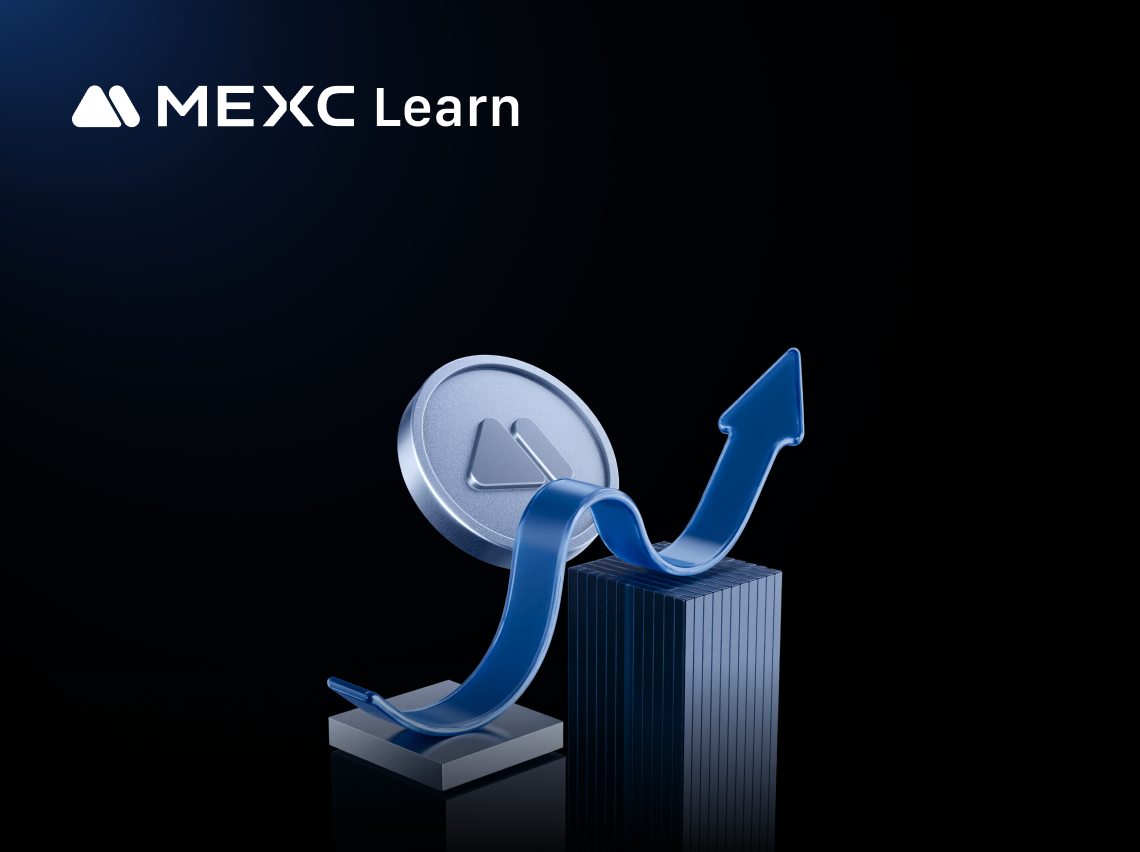
Nine-Figure Net Worth: The New Milestone in Wealth Creation
The concept of nine-figure net worth, ranging from $100 million to just under $1 billion, marks a critical threshold in the modern economy distinguishing ultra-high-net-worth individuals (UHNWIs) from
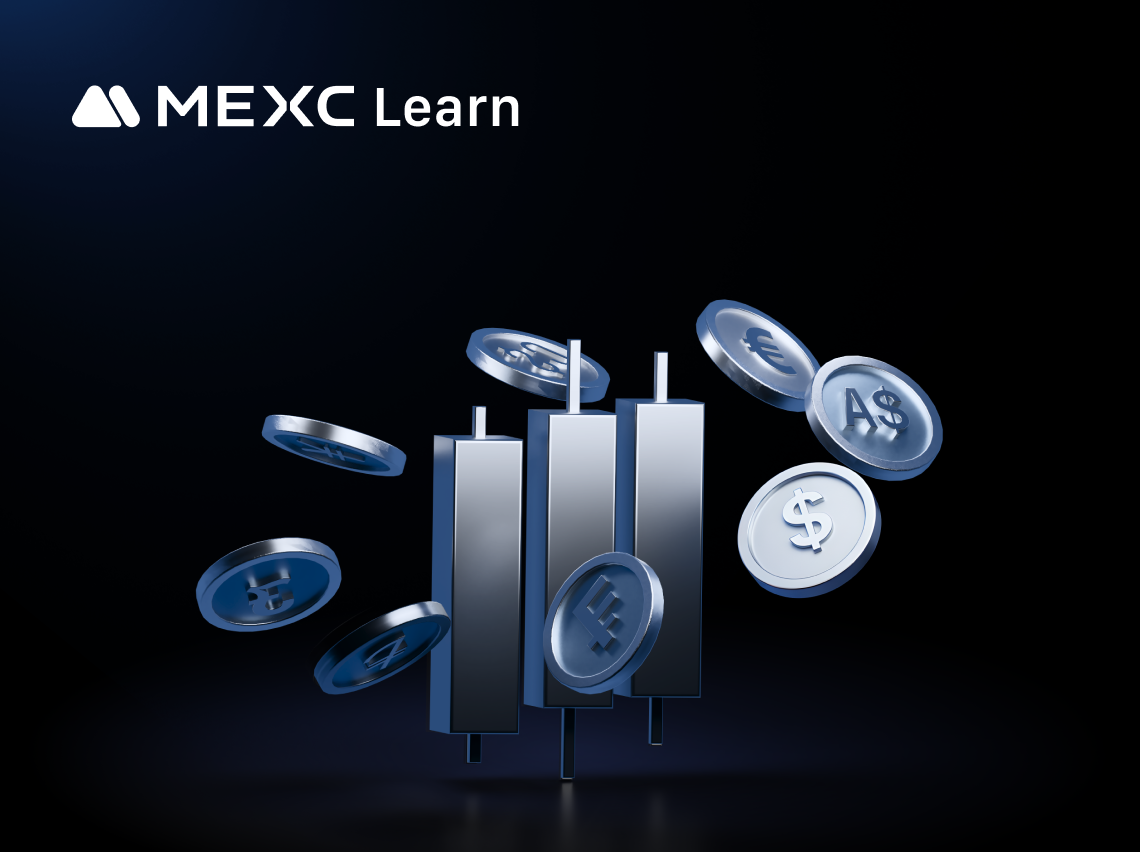
Dogecoin (DOGE) Bullish Price Prediction
Introduction to Bullish DOGE OutlookOptimistic investors often look to bullish price predictions for Dogecoin (DOGE) to identify the coin's growth potential during favorable market cycles. A bullish o
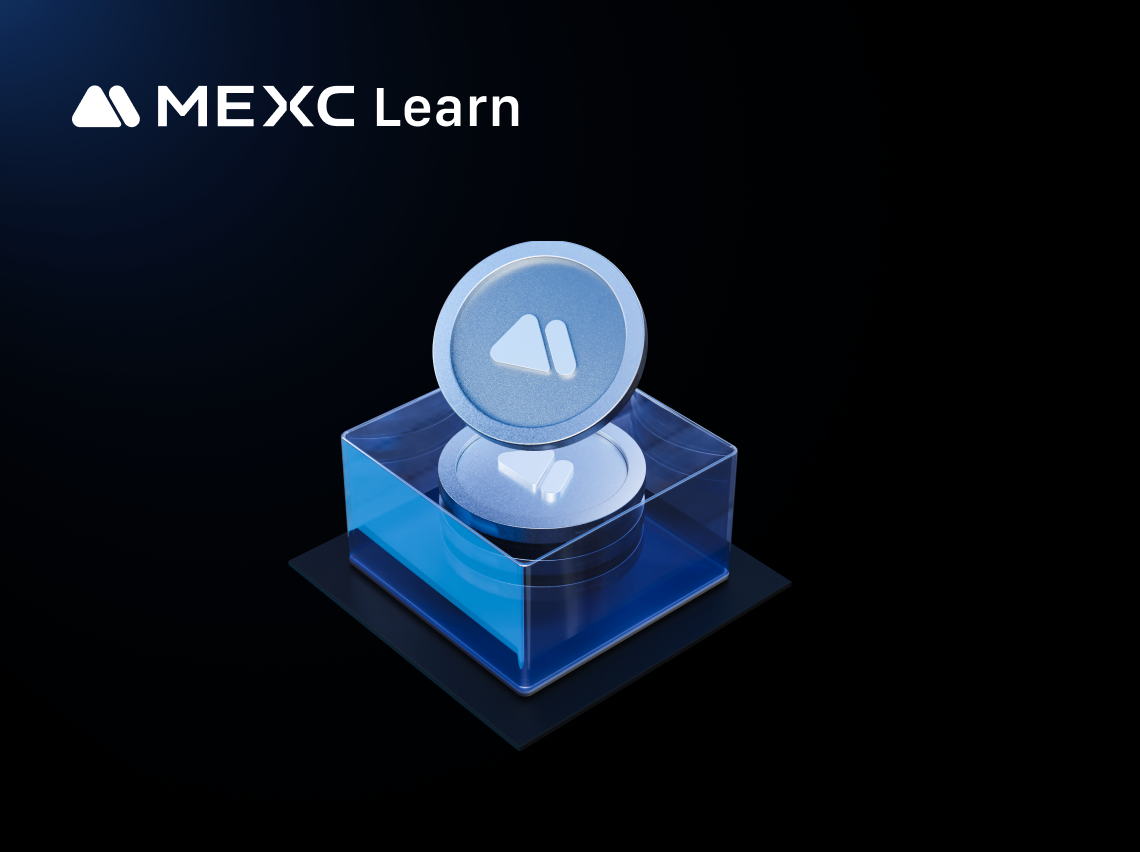
Dogecoin (DOGE) 7-day Price Change
The Latest Dogecoin (DOGE) price has shown notable short-term fluctuations over the past week, reflecting shifting sentiment around meme coins and broader market conditions. In this article, we'll exa
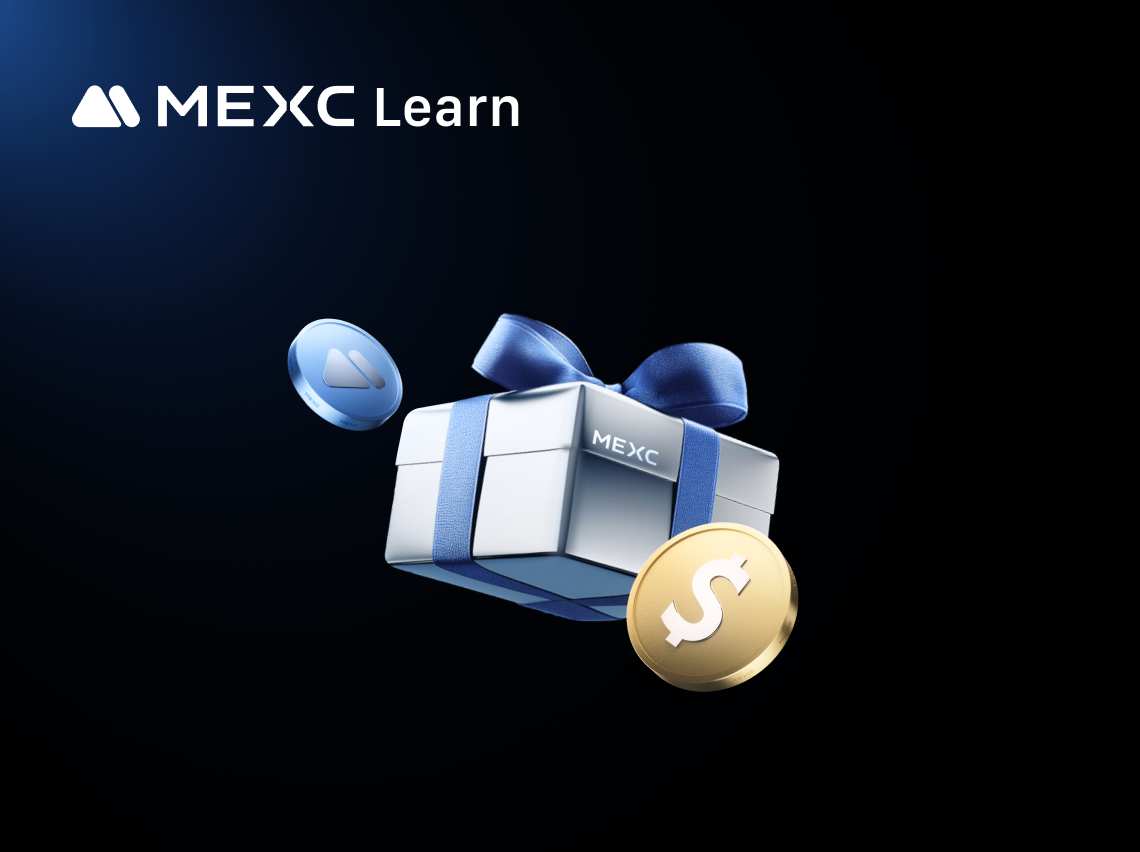
BOB (BOB) Price Updates: Latest Market Movements and Cryptocurrency Trading Insights
Staying updated with the latest price updates of BOB (BOB) helps crypto traders and investors monitor market shifts, track cryptocurrency volatility, and make timely investment decisions in the crypto
Trending News
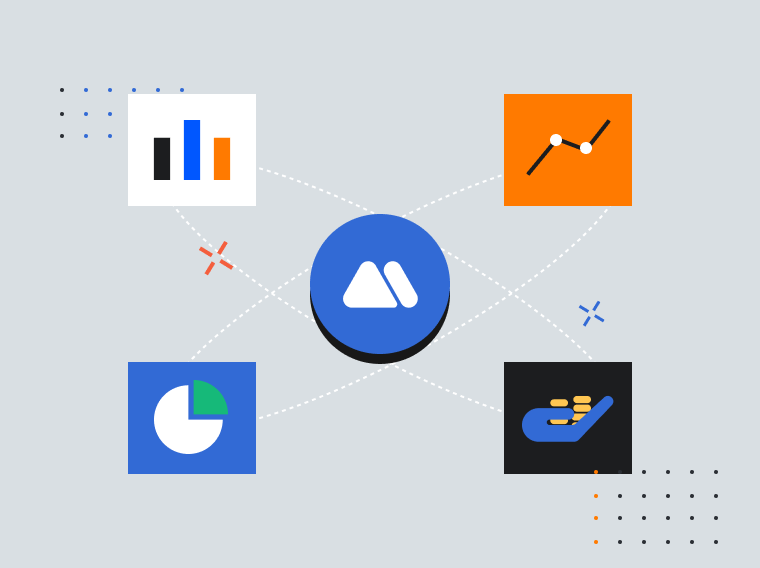
SEC issues investor guide on crypto wallets and custody risks
The SEC released a guide on crypto wallets and custody for investors.

Pudgy Penguins will run an advertising campaign on Sphere in Las Vegas during the Christmas season, spending approximately $500,000.
PANews reported on December 14th, citing Coindesk, that Pudgy Penguins will be running an advertising campaign at the Sphere Arena in Las Vegas during the Christmas
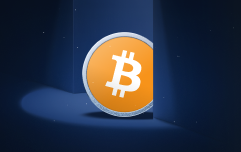
USDC Treasury mints 250 million new USDC on Solana
PANews reported on September 17 that according to Whale Alert , at 23:48 Beijing time, USDC Treasury minted 250 million new USDC (approximately US$250 million) on the Solana blockchain .

CME to launch Solana and XRP futures options on October 13, 2025
The post CME to launch Solana and XRP futures options on October 13, 2025 appeared on BitcoinEthereumNews.com. Key Takeaways CME Group will launch futures options for Solana (SOL) and XRP. The launch
Related Articles

How to Stake Cardano? ADA Staking Guide for Beginners
Looking to earn passive income with your Cardano holdings? Staking ADA offers a straightforward way to generate rewards while supporting network security. This guide covers everything from basic staki

Lido Staking: Earn ETH Rewards Without Locking Your Assets
Want to earn passive income from your Ethereum holdings without giving up access to your funds?Lido staking solves the biggest problem with traditional ETH staking—locked assets and high entry barrier

How to Store Dogecoin (DOGE) Safely?Practical Wallet Guide & Risk Avoidance Tips
Securing your digital assets is the most critical step after acquiring cryptocurrency. For Dogecoin (DOGE) - a digital currency celebrated for its community-driven approach and ease of use - selecting

USDT Staking: How to Earn Interest on Tether with High APY Rates
Earning passive income from cryptocurrency doesn't always mean riding volatile price swings. USDT staking offers a way to generate returns on your Tether holdings while maintaining the stability of a
